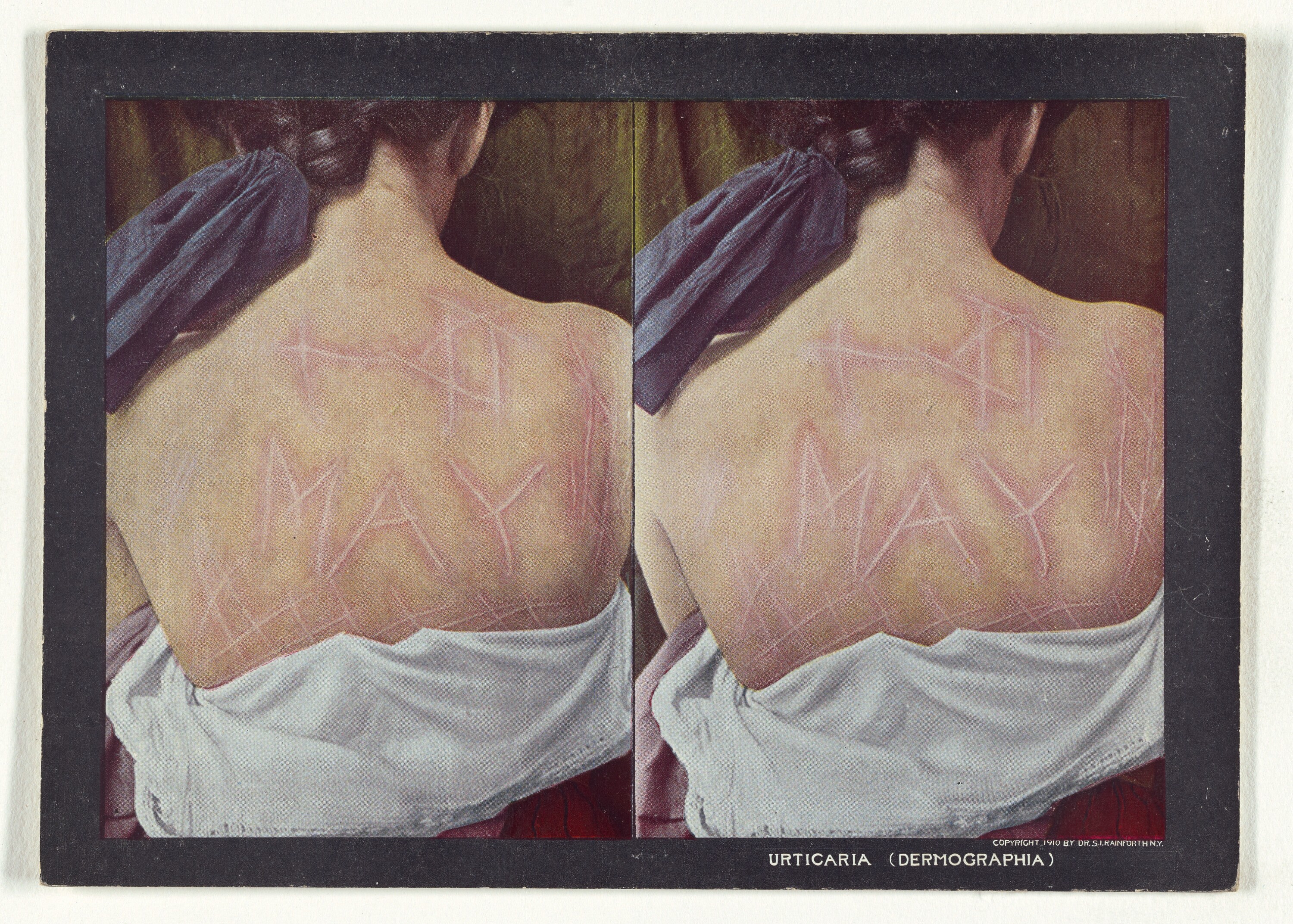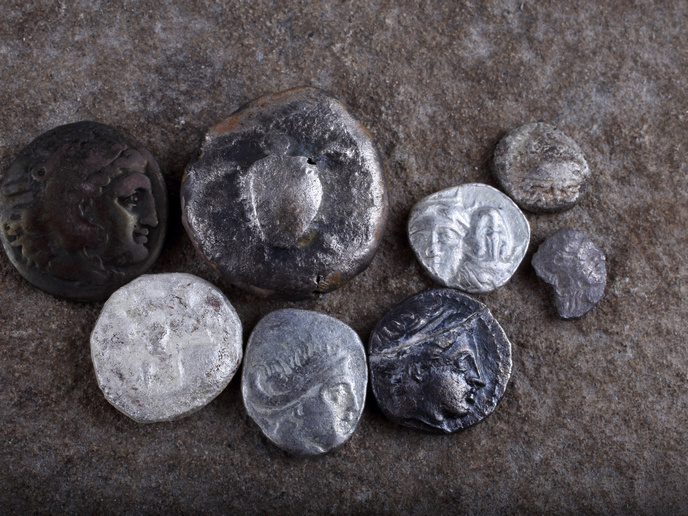Skin at the interface between medicine and literature
The study of human skin encompasses anthropological, biological and medical aspects. However, to understand skin in all its complexity, these must be complemented by sociocultural, ethical and aesthetic considerations. According to biophysicist Georges Limbert, the skin provides a unique record of an individual’s history, telling us about their health, age, ethnicity, past traumas and even their emotions and physical environment. For example, the bruises and scars on bodies that have experienced violence ’write’ a story with their vivid colours, tones and shapes creating a ghostly aesthetic. Irina Hron of the University of Copenhagen set out to explore the connections between medicine, anthropology, biology, psychology and culture in the context of skin. She initiated the DEAS project, supported by the Marie Skłodowska-Curie Actions programme, to “find an alternative way to talk about what most of us simply refer to as skin,” leveraging her extensive training in comparative literature and cultural studies.
Revisiting ‘skinnedness’ and introducing its ‘graphordance’
In her pioneering article Sit venia verbo: A case for dermacriticism, Hron recalled the term ‘skinnedness’ introduced by Nietzsche in 1882. Through an in-depth look at several historical, literary and philosophical examples of the many meanings of skin, Hron proposed that ‘skinnedness’ encompasses all dimensions of being skin-like including the symptomatic, the semantic, the significant and the aesthetic. Furthermore, she introduced the concept of ‘graphordance’ reflecting skin’s preordained role as a surface for ‘writing’ or ‘inscription’.
Pioneering the ‘dermacritical approach’ and a new era of ‘skinnedness’
Hron’s research and analysis led her to propose that these contexts create the environment for philosophical and ‘dermacritical’ reflection. “The dermacritical approach draws upon distinct theory and methodology for the study of skin and its various dimensions of being skin-like, i.e. its skinnedness,” she states in her paper. In 2024, Hron founded the interdisciplinary research platform Dermacriticism which she directs. It has an international scientific advisory board of multidisciplinary experts from renowned institutions in Europe and the USA. “Through workshops, guest lectures and reading groups, we aim to broaden our focus and explore the myriad layers of skin, skin narratives and skin research,” Hron explains.
Dermacriticism takes off
Hron notes that the interest and enthusiasm of internationally acclaimed clinical dermatologists was perhaps the most exciting outcome. “They were looking for new ways to describe, diagnose and treat skin diseases and believe that collaboration between medicine and the humanities is the way forward,” Hron says. The relatively new academic field of narrative medicine, which seeks to understand patients’ lived experiences and perspectives to better deliver individualised healthcare, stands to benefit greatly from Hron’s endeavours. Dermatologists joined literary scholars, art historians, anthropologists and museologists at the international conference Hron organised in Copenhagen in September 2024. Building on that momentum, she is now organising the first annual media-supported "Skin Day" in Copenhagen in 2025 together with renowned Danish educational and cultural institutions. “I am currently developing a much larger research framework than previously envisioned. The Dermacriticism platform has become the springboard for collaboration between humanities-based reading research, cultural and literary studies, and dermatology,” Hron emphasises enthusiastically. Hron has made major contributions to the nascent multidisciplinary field of ‘skin studies’, laying the foundations for a new era of understanding and insight.
Keywords
DEAS, skin, dermacriticism, skinnedness, dermacritical, dermatologists, graphordance, dermatology, narrative medicine, skin studies







